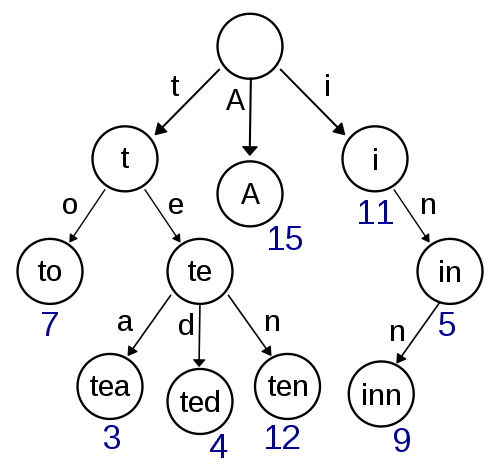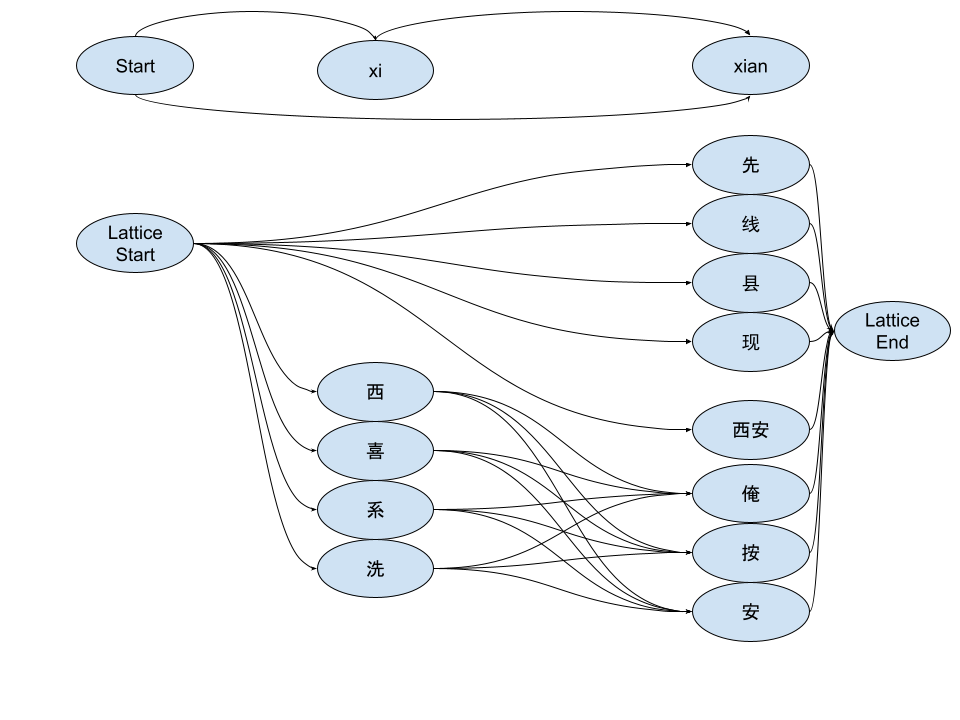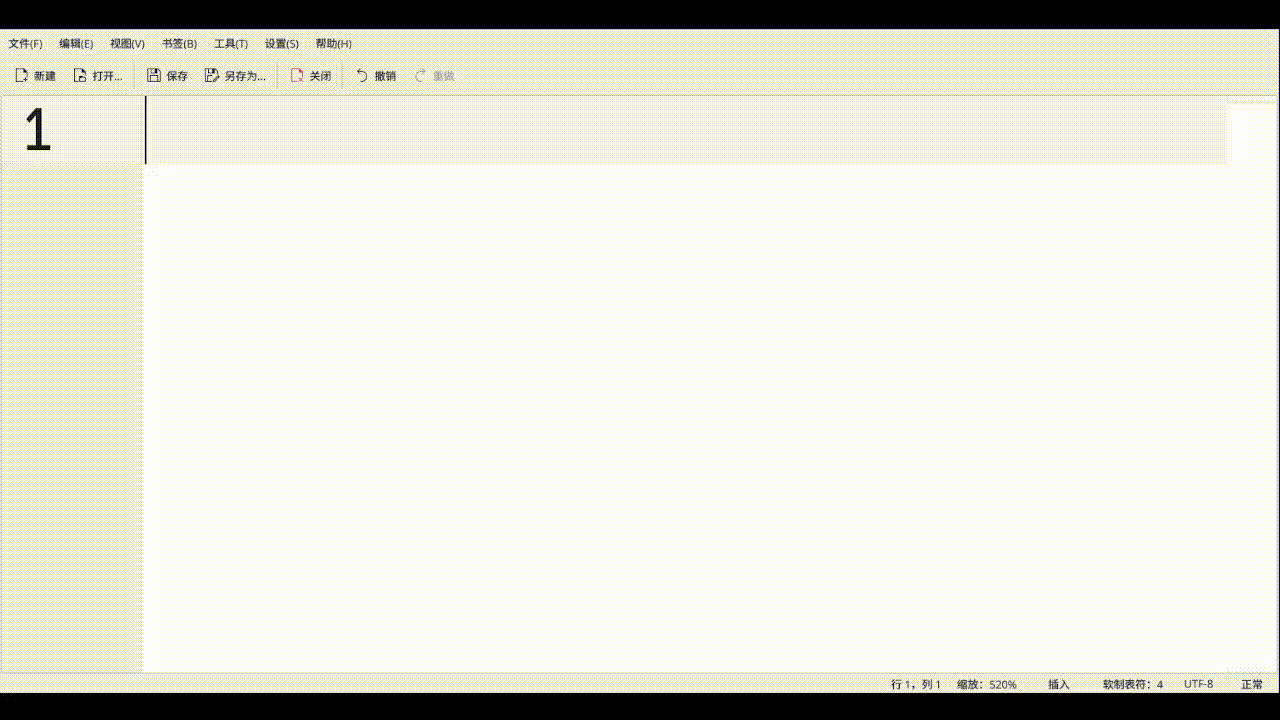Kimpanel is a plasma applet that uses plasma and dbus to display the input method popup window. In X11, people who want to have native plasma theme based input method window may use it to provide a nice integration with plasma.
So you might ask, we already having kimpanel in Plasma desktop, what’s point to have this feature in Fcitx 5?
Well, if you use the wayland.. you will notice that kimpanel does not work properly in terms of window positioning. The input window is a small popup window used by input method. It needs to be shown at the cursor position in order to make user eye focused at the point where they are typing. This popup window is critical for CJK input method users.
And you might ask again, why can’t we just fix kimpanel? Unfortunately, it’s hard to fix.
There are quite a few technical difficulties behind this. Kimpanel applet currently runs in plasmashell. Unlike the gnome implementation (also maintained by me, BTW :D), running within the compositor, Plasma’s kimpanel right now have no ability to obtain the information of other windows nor to move the window position freely. Kimpanel requires following things to make it work:
- If the client cursor position is absolute, move it to the position.
- If the client cursor position is relative, move it to current window top left corner + offset.
- For text-input client, there’s no position sending to input method, and compositor need to help input method to move the popup.
Unfortunately, to implement this support in wayland is really hard and would involves lots of changes in KWin. That somehow defeat the point to all the works we have done for zwp-input-method-v1 in KWin, because zwp-input-method-v1 protocol already has a concept of popup surface (need to be a surface from the same input method process). So I never try to do that due to the reasons above. Only until recently, I learned that KWin script can actually show real QML items, so I make a prototype that runs kimpanel within the KWin. You hit lots of KWin issues during writing the prototype, including kwin crash, flicker, etc. Luckily we are making progress with the help from KWin developer on unblocking the possibility of porting kimpanel to kwin (only for the popup, the action panel will still be in plasmashell). But until all the known issue are resolved, I can’t really submit the change the implementation of kimpanel from plasma-desktop to kwin script otherwise it will be totally broken. Also, we’d like to only use this on wayland, because for X11, expert user may choose not to use kwin at all.
Back to the original topic, Fcitx 5 is hardcoded to use client side input panel on KDE Wayland. The client side input panel always uses the classic ui theme (im module load classicui theme and render it). If kimpanel is allowed to be used wayland right now, the popup won’t show at the right position. In order to use Plasma theme, we need some support in the classicui addon of Fcitx 5. I wrote a simple tool to automatically generate a fcitx theme from plasma theme. I used to have such a tool around fcitx 4 era. This time, it’s even better, because we integrate the support of this tool in Fcitx 5 natively. If the Plasma theme is selected in classicui, it will run a small daemon, keep monitoring the plasma theme change and automatically regenerate the theme when needed. It can also be used as an standalone tool to generate the theme for one-time.
To use this feature, just get the latest stable version of fcitx5 & fcitx5-configtool. Simply choose “KDE Plasma (Experimental)” as Theme in fcitx5’s classic ui configuration, and that’s it.







